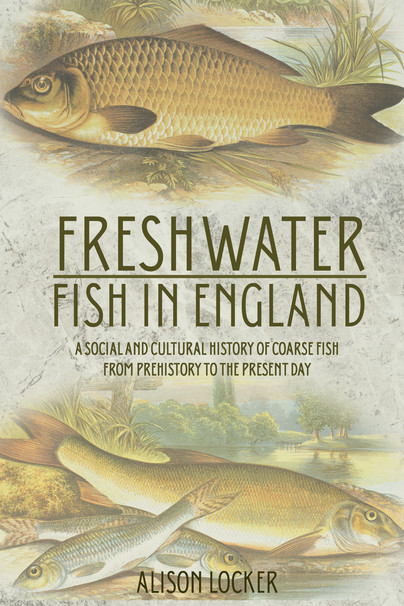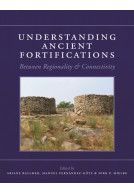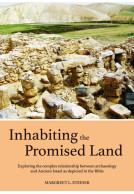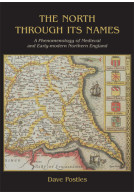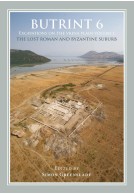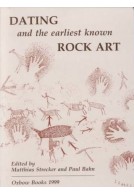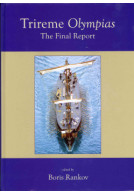Freshwater Fish in England (Paperback)
A Social and Cultural History of Coarse Fish from Prehistory to the Present Day
Imprint: Oxbow Books
Pages: 172
Illustrations: b/w and colour
ISBN: 9781789251128
Published: 26th October 2018
Script Academic & Professional
Pages: 172
Illustrations: b/w and colour
ISBN: 9781789251128
Published: 26th October 2018
Script Academic & Professional
You'll be £19.95 closer to your next £10.00 credit when you purchase Freshwater Fish in England. What's this?
+£4.99 UK Delivery or free UK delivery if order is over £40
(click here for international delivery rates)
Order within the next 4 hours, 21 minutes to get your order processed the next working day!
Need a currency converter? Check XE.com for live rates
(click here for international delivery rates)
Order within the next 4 hours, 21 minutes to get your order processed the next working day!
Need a currency converter? Check XE.com for live rates
Much has been written on marine fishing and for the migratory eel and salmon. Less attention has focused on the obligate freshwater species, primarily the native pike, perch, cyprinids and introduced species of which the most significant is carp. Their exploitation by man has changed from food to sport more dramatically in England and the British Isles than in Europe. They have also been used as elite statements, symbols of lineage, in religion and art. Much of the early evidence is confined to fish bones from archaeological sites and indicators of diet from isotopic analyses of human bones. From the Medieval period these data sources are increasingly complemented and ultimately superseded by documentary sources and material culture. The bones are relatively few from prehistoric contexts and mostly food waste. In the Mesolithic the bones are largely marine from middens on Scottish coasts, while early farmers apparently ate few fish of any type. Examples from European prehistoric sites demonstrate other cultural attitudes to fish. Both marine and freshwater fish bones are more numerous from Roman sites. There are regional and site type differences, but Roman influence appears to have increased fish consumption, though obligate freshwater species remain relatively few. The first evidence is seen for fishponds, probably ornamental. Angling was a noted sport elsewhere in the Empire, but there is no evidence in Britain. In Saxon England the exploitation and management of waterways and the beginnings of the privatization of the landscape, included enclosure of waters as fish stores. This previewed an elite practice of the Medieval period in which landscape features and documentary evidence demonstrate the importance of pond systems among a small section of elite medieval society and for whom these fish were an important part of feast and fast food and gift exchange. However quantitatively marine fish had dominated the fish supply from the late 10th century. The first documentary evidence for freshwater angling in England appears in the Medieval period, revealing an established sport through an oral tradition. The arrival of the common carp, in the 14th century, marks a change in pond culture, it soon became the favourite fish. By the early modern period freshwater fish are in slow decline on the table, though landscape water features evolve in style. The popularity of angling is reflected in the growing commercialisation of tackle and angling books initially marketed at gentlemen of means. The industrialisation and urbanisation of the 18th and 19th centuries created a new landless, ‘working class’ with whom coarse fishing became synonymous and came to represent a social divide with fly fishing viewed as more elite. Freshwater fish were never to revive as a table fish, but were ever popular as sport. Record carp have become the quest for many specimen anglers practicing catch-and-release, more prevalent in Britain than Europe. The development of coarse angling reflects social and cultural changes in society in England at many levels.
Other titles in Oxbow Books...







